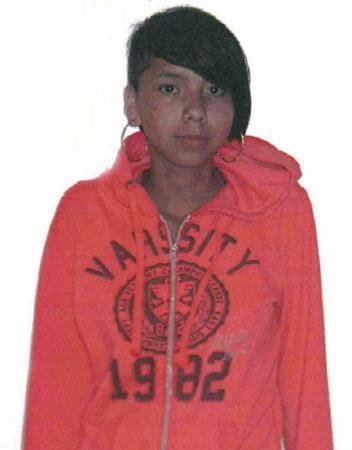WINNIPEG — DNA testing found no traces linking a man accused of killing a 15-year-old girl to a duvet cover in which her body was found in Winnipeg’s Red River, an expert witness testified Thursday.
Amarjit Chahal also told Raymond Cormier’s second-degree murder trial that his lab found none of the suspect’s DNA on samples from a stolen truck that the Crown believes was used to transport Tina Fontaine’s body.
Tina’s DNA wasn’t found in samples from the truck either, Chahal said.
Chahal’s lab ran mitochondrial DNA tests on 35 samples including hairs, swabs and pieces of fabric. Mitochondrial DNA tests can be less definitive than nuclear DNA tests often used in forensics, but are necessary when samples have deteriorated, he said.
A forensic pathologist testified on Wednesday that he could not determine how Tina died.
Dr. Dennis Rhee said his examinations found no definitive injuries on the outside of her body or to her internal organs. He also said there was no evidence of a sexual assault, no signs of a stabbing or of major blunt force trauma.
Tina had run away from a hotel where she was being housed by Manitoba Child and Family Services. She was being sexually exploited.
Her death in August 2014 led the province to phase out the use of hotels for kids in government care and renewed calls for a national inquiry into missing and murdered Indigenous women.
The Crown has no eyewitnesses to Tina’s death.
Crown attorney James Ross said that later in the trial jurors will hear evidence from wiretaps of Cormier’s home and from some of his associates.
Ross told court there will be also be evidence that Cormier washed his truck. He asked Chahal whether DNA could be washed away.
“DNA … can be washed out, but having said that, traces can remain,” Chahal replied.
